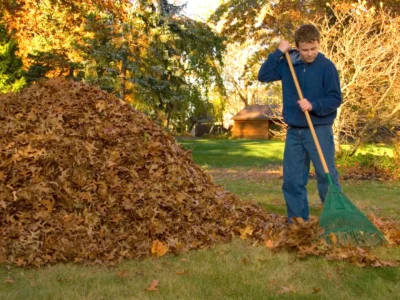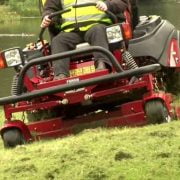Gardening can be an incredibly rewarding and therapeutic hobby. Not only does it provide an opportunity for exercise, fresh air, and a connection to nature, but it also offers the satisfaction of nurturing plants and watching them grow.
However, many gardening enthusiasts struggle to develop a plan that they can stick to, often feeling overwhelmed or discouraged by the amount of work involved. This blog post will outline several key steps to help you create a gardening plan that you’ll stick to, ensuring that your garden thrives and you continue to enjoy the process.
Set Realistic Goals
The first step in creating a gardening plan you’ll stick to is setting realistic goals. It’s easy to become overambitious and attempt to grow too many plants or take on too many projects at once. Before you begin, take some time to assess your available space, resources, and time commitment.
If you’re just starting, consider planting a few low-maintenance plants like crepe myrtle, marigolds, or zinnias. As you gain experience and confidence, you can expand your garden and try more challenging plants.
Choose the Right Plants
Selecting the right plants for your garden is crucial for success. This means considering your climate, soil type, and the amount of sunlight your garden receives. Some plants will thrive in specific conditions, while others may struggle.
For example, if you have clay soil and partial shade, a crepe myrtle tree might be a perfect addition to your landscape. By choosing plants that are well-suited to your garden’s conditions, you’ll see improved growth and overall success.
Create a Garden Layout
Developing a garden layout will help you visualize the overall design and determine the best placement for your plants. Take into account the mature size of each plant and their spacing requirements to ensure they have enough room to grow.
Consider the aesthetics, as well. Group plants with similar colors or textures, or create focal points with eye-catching features such as a garden bench, a fountain, or a large, colorful crepe myrtle.
Develop a Maintenance Schedule
A well-maintained garden is key to the success of your plants. Developing a maintenance schedule can help you stay on track with tasks such as watering, fertilizing, pruning, and weeding.
Break down tasks into smaller, more manageable chunks and distribute them throughout the week or month. This will prevent you from feeling overwhelmed and ensure your garden remains healthy and well-tended.
Invest in the Right Tools
Having the right tools for the job can make gardening tasks more enjoyable and efficient. Invest in quality tools that will last, such as a sturdy shovel, a sharp pair of pruners, and a comfortable pair of gardening gloves.
Keep your tools clean and well-maintained to extend their lifespan and make your gardening experience more pleasant.
Keep a Garden Journal
Documenting your gardening journey can be helpful in keeping track of your progress, identifying successes and challenges, and planning for the future. Record important information such as planting dates, varieties, and any issues or pests encountered.
A garden journal can serve as a valuable reference for future seasons, allowing you to learn from your experiences and make improvements to your gardening plan.














Comments